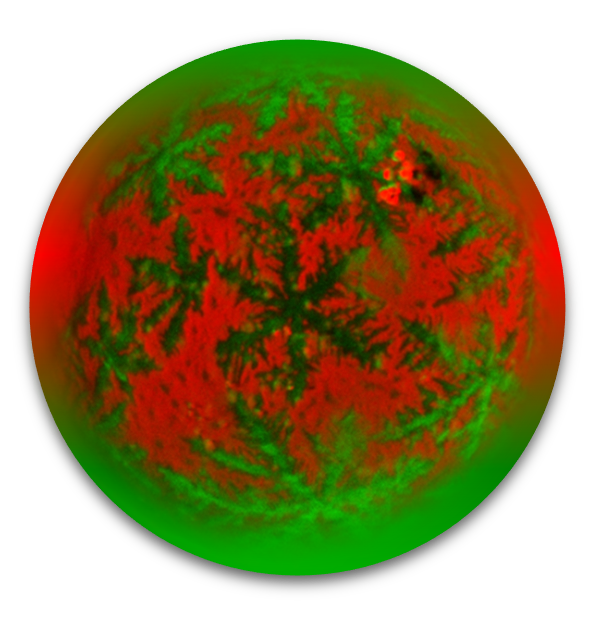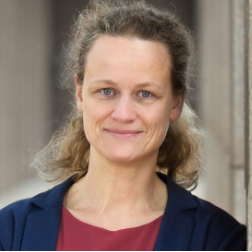Biomembrane model systems
Artificial lipid systems allow studies of membrane proteins and their complexes in a plethora of applications. They are used to gain mechanistic insights into how biologicalcells function, to develop pharmaceuticals that target membrane receptors and enzymes and to develop hybrid synthetic and natural materials with new properties, e.g. for drug delivery and vaccines. They provide a controlled environment for studies bybiochemistry, fluorescence spectroscopy, modern high resolution fluorescencemicroscopy and cryo electron microscopy.


Prof. Dr. Kirsten Bacia
Publications
Grimmer M, Bacia K. Giant Endoplasmic Reticulum vesicles (GERVs), a novel model membrane tool. Sci.Rep. 2020, 10(1), 3100.
DOI: 10.1038/s41598-020-59700-1
Auerswald J, Ebenhan J, Schwieger J, Scrima A, Meister A, Bacia K. Measuring protein insertion areas in lipid monolayers by fluorescence correlation spectroscopy. Biophys. J. 2021, 120 (8), 1333-1342. DOI: 10.1016/j.bpj.2021.02.011
Werner S, Ebert H, Lechner BD, Lange F, …, Blume A, Saalwächter K, Tschierske C, Bacia K. Dendritic Domains with Hexagonal Symmetry Formed by X-Shaped Bolapolyphiles in Lipid Membranes. Chem. Eur. J. 2015, 21(24), 8840-8850. DOI: 10.1002/chem.201405994
Patents / Awards
Hugo Junkers Prize 2013 „Innovativstes Vorhaben der Grundlagenforschung“, 3. Preis | Kirsten Bacia
https://www.hugo-junkers-preis.de/fileadmin/user_upload/Files/Die_Innovativsten_im_Fokus_-_Bewerberdokumentation_2013.pdf


